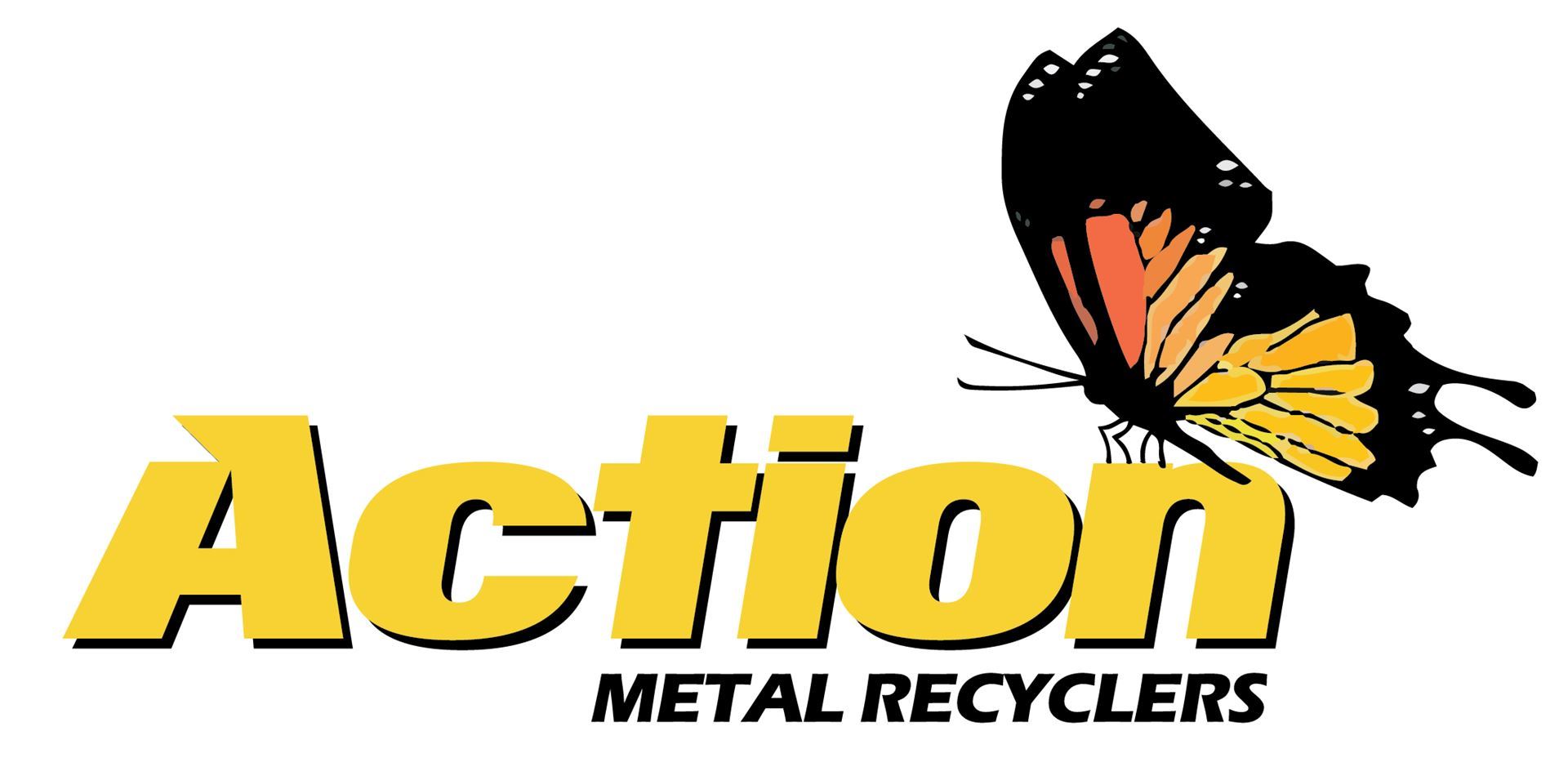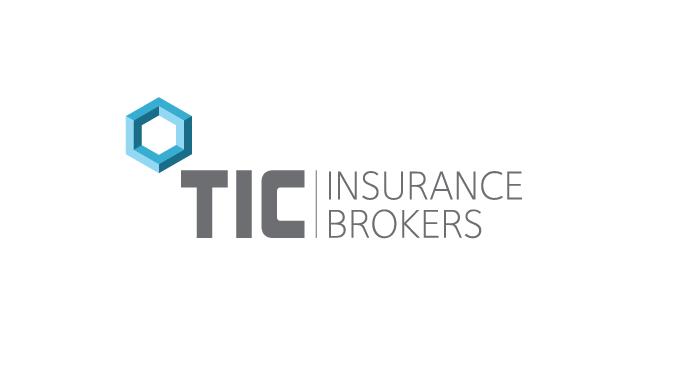
Asbestos must be carefully removed and disposed of so that it does not create a health risk. Individual fibres must not be released into the air where they could be inhaled.
Asbestos Notifications
The new Workplace Health & Safety Regulation 2012 requires specified duty holders to notify Workplace Health and Safety Queensland of certain asbestos related matters, including:
- intention to carry out Licensed Asbestos Removal Work
- emergency demolition of a structure or plant containing asbestos
- airborne respirable asbestos fibre concentrations greater than 0.02 fibres/mL of air recorded during friable asbestos removal work
Web script outlining notification requirements, plus notification forms where relevant are available at: https://www.worksafe.qld.gov.au/injury-prevention-safety/asbestos/asbestos-removal-and-licensing
In Queensland, asbestos removal and disposal are regulated by law.
Make sure you read this whole section and understand the basic legal requirements before starting work on any project involving asbestos.
Licence requirements for asbestos removal work
The WHS Regulations require a person conducting a business or undertaking who commissions the removal of asbestos at the workplace to ensure asbestos removal work is carried out only by a licensed asbestos removalist who is appropriately licensed to carry out the work, unless specified in the WHS Regulations that a licence is not required.
There are two types of licences: Class A and Class B. The type of licence required will depend on the type and quantity of asbestos or ACM that is being removed at a workplace.
| Type of Licence | What asbestos can be removed? |
|---|---|
|
Class A
|
Can remove any amount or quantity of asbestos or ACM, including:
|
|
Class B
|
Can remove:
|
|
No licence required
|
Can remove:
|
Removing non friable asbestos containing materials (ACM’s)
Non friable ACM’s (also known as bonded ACM’s) are less of a health risk than unbonded products. The individual asbestos fibres are firmly bound into a matrix, inhibiting their release into the atmosphere. However, safe methods must still be used when handling or removing them.
Asbestos Transitional arrangements in general
From 1 July 2006, anyone removing 10 square metres or more of bonded asbestos in Queensland requires a B class licence.
You can find out more about licensing at: Licensing
The following registered training organisations and authorised accredited providers assess suitability for individuals to hold a 'B' class licence: Find an RTO
Unlicensed people may still remove quantities of bonded asbestos under 10 square metres. However, everyone -- licensed or unlicensed -- who removes bonded asbestos products must follow the requirements of the:
- Queensland Workplace Health and Safety Act 2011 & Regulation 2011
- How to Manage and Control Asbestos in the Workplace Code of Practice 2011
- How to Safety Remove Asbestos Code of Practice 2011
Key points to remember when removing bonded asbestos products are:
- the work area should be cordoned off (e.g. with barrier tape) to ensure unprotected people cannot enter the area
- people involved in the removal process should wear suitable protective equipment (disposable coveralls and a P2 respirator, available from most hardware stores)
- the product should be wet down prior to removal, except where this would be dangerous (e.g. on a roof)
- damage or breakage of the material should be minimised
- plastic drop sheets should be used, and all surfaces then wet wiped after removal is completed (i.e. wiped over with a damp cloth)
- people involved in removal should go through some form of decontamination process
- work should be performed in well-ventilated areas, and in the open air where possible
- power tools should never be used, as they are likely to disperse fibres into the air.
Removing unbonded (friable) products
Removal of unbonded (friable) asbestos products can only be performed by people with an asbestos removalist licence approved by the Queensland Government.
From 1 July 2006, Queensland removalists require an A class licence, or Asbestos Removal Business Certificate, to remove unbonded asbestos in any quantity.
Unbonded asbestos products must be handled very carefully. To avoid creating airborne fibre, the following methods are generally used.
- A dust-tight plastic enclosure is constructed around the asbestos before it is removed.
- The designated asbestos work area is placed under a lower air pressure than that outside (commonly termed 'negative pressure'), using powerful fan units.
- The fans are fitted with high-efficiency particulate air (HEPA) filters, to collect any airborne fibres and inhibit the leaking of contaminated air out of the work area.
- The friable asbestos is wetted before disturbing it to further inhibit the creation of airborne dust.
- Specialised vacuum cleaners fitted with HEPA filters are used to clean up asbestos dust and debris. (Normal domestic type cleaners are not suitable and should never be used.)
- Personnel involved in removing unbonded products wear protective equipment, including overalls and suitable respirator, while inside the work area.
- Personnel decontaminate themselves and any items prior to leaving the work area, using portable decontamination (shower) chambers.
- Airborne fibre monitoring is conducted during removal works.
Under no circumstances should unqualified people disturb friable asbestos products.
Clearance Inspection
A person commissioning licensed asbestos removal work must ensure that, once the licensed asbestos removal work has been completed, a clearance inspection is carried out and a clearance certificate is issued before the workplace can be re-occupied by:
- An independent licensed asbestos assessor, for work that must be carried out by a Class A licensed asbestos removalist (for example, if the removal work involved friable asbestos)
- An independent competent person, for asbestos work that is not required to be carried out by a Class A licensed asbestos removalist (for example, if removal work involved more than 10m2 of non-friable asbestos.
This also includes where the work is being carried out at domestic premises. For domestic premises the licensed removalist must ensure a clearance inspection is carried out.
To be independent, the licensed asbestos assessor or competent person must not be involved in the removal of asbestos for that specific job and is not involved in a business or undertaking involved in the removal of the asbestos for that specific job.
Asbestos left in buildings
Asbestos may be left in a building if it will remain undisturbed, or if it can be treated to ensure it will remain in an undisturbed and sound condition. Such treatment can include:
- encapsulation or sealing, involving coating the outer surface of the asbestos product with a protective material to reduce the chance of damaging the asbestos, and to prolong its life
- enclosing asbestos behind a rigid barrier such as plywood sheeting, to protect it from damage.
However, removing asbestos is generally the preferred option, as it eliminates the hazard from the building.
Disposing of asbestos
- Asbestos must be fully sealed before disposal.
- Asbestos is generally double bagged in 0.2 mm thick plastic bags at the workface before being taken away.
- Sealed drums may sometimes also be used to dispose of asbestos.
- Bonded products such as asbestos cement sheeting can be either double bagged or placed into a plastic-lined industrial skip.
- The sealed asbestos is then taken to a landfill approved by the local authority for specialised burial.
Asbestos transport and disposal is also regulated under Queensland's Environmental Protection Regulation 2008, Part 2 -- Environmentally Relevant Activities.
More information
For more detailed information on removal and disposal, visit the Workplace Health and Safety Queensland website, or call your local Workplace Health and Safety office on 1300 369 915.
Further practical advice for home renovators.
Asbestos disposal sites in Queensland
Lantrak Waste Management & Recycling Facility, 1 Memoral Drive, Swanbank
Telephone: 07 3288 7344
New Chum Landfill, Transpacific, Chum Street, New Chum
Telephone: 07 3816 2166
Veolia Environmental Services Wattle Glen Landfill, Redbank Plains Road, Blacksoil
Telephone: 1300 134 364
Please use this link to locate asbestos disposal sites for your local area.
Local Government Disposal Information.
Asbestos Removal Certificates & Licensing Requirements
Asbestos removal licensing requirements are detailed below:
Regulated Waste Transport
Transporting regulated waste commercially or in quantities of more than 250 kilograms in a load is defined as ERA 83 under Schedule 1 of the Environmental Protection Regulation 1998 (Qld).
These activities are either level 1 or level 2 ERAs and you will need to obtain a development permit and a registration certificate. A code of environmental compliance exists for or aspects of this ERA. A development permit is not required for ERA 83 where the development meets the criteria of the code.








